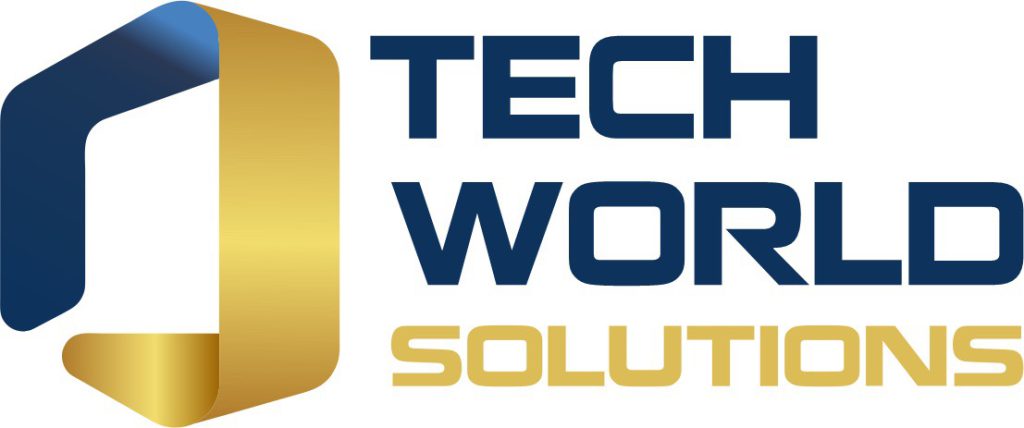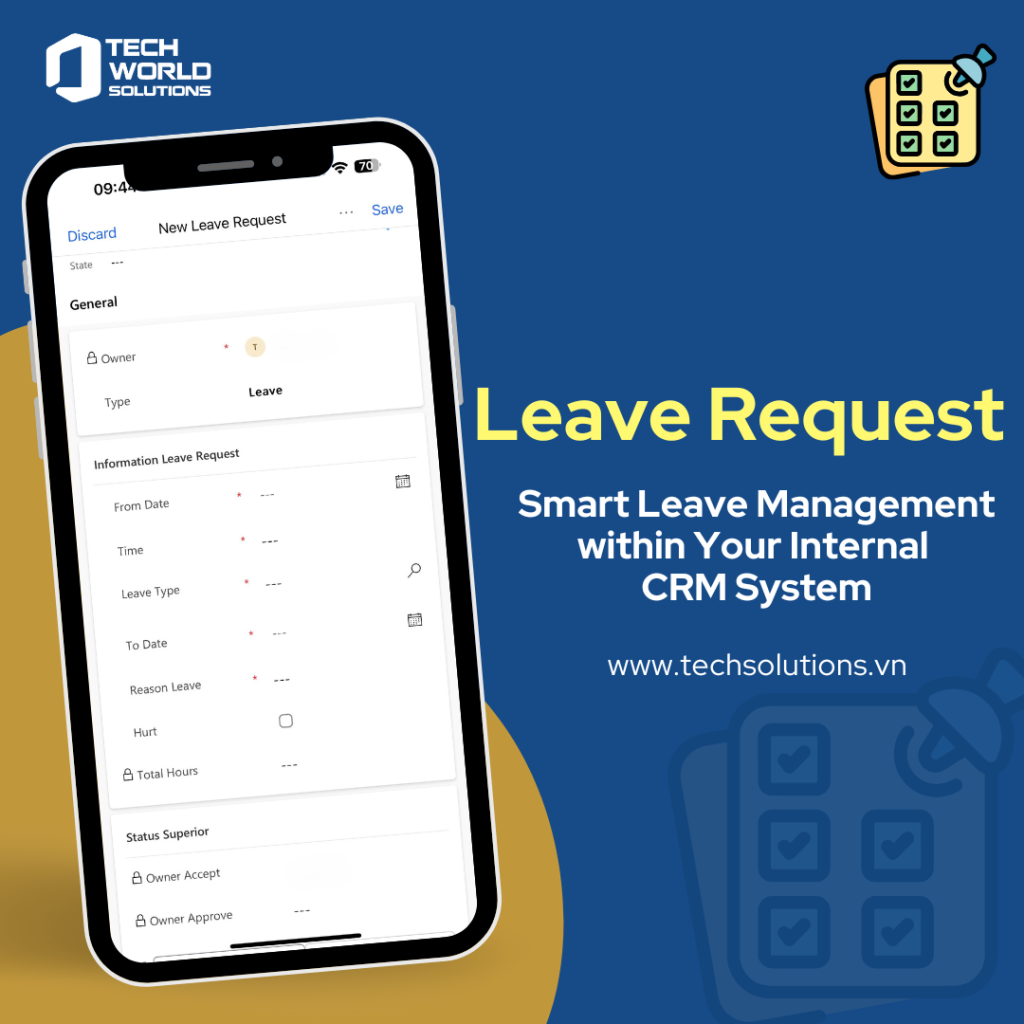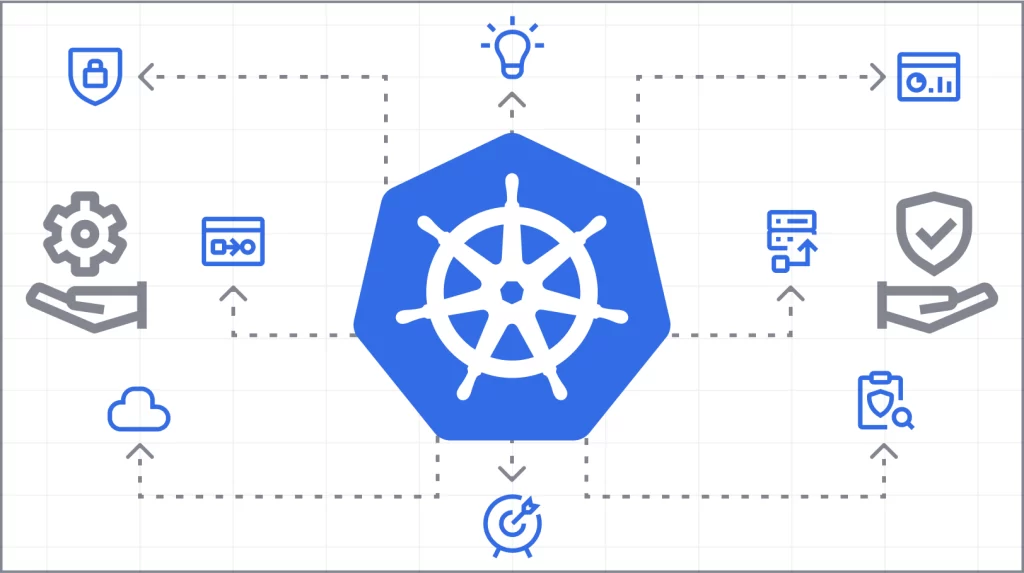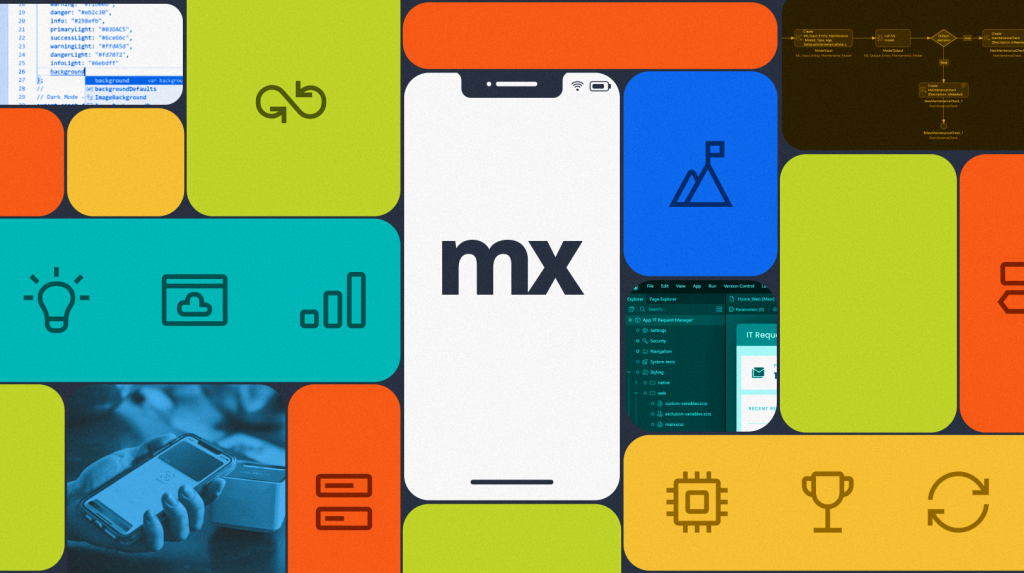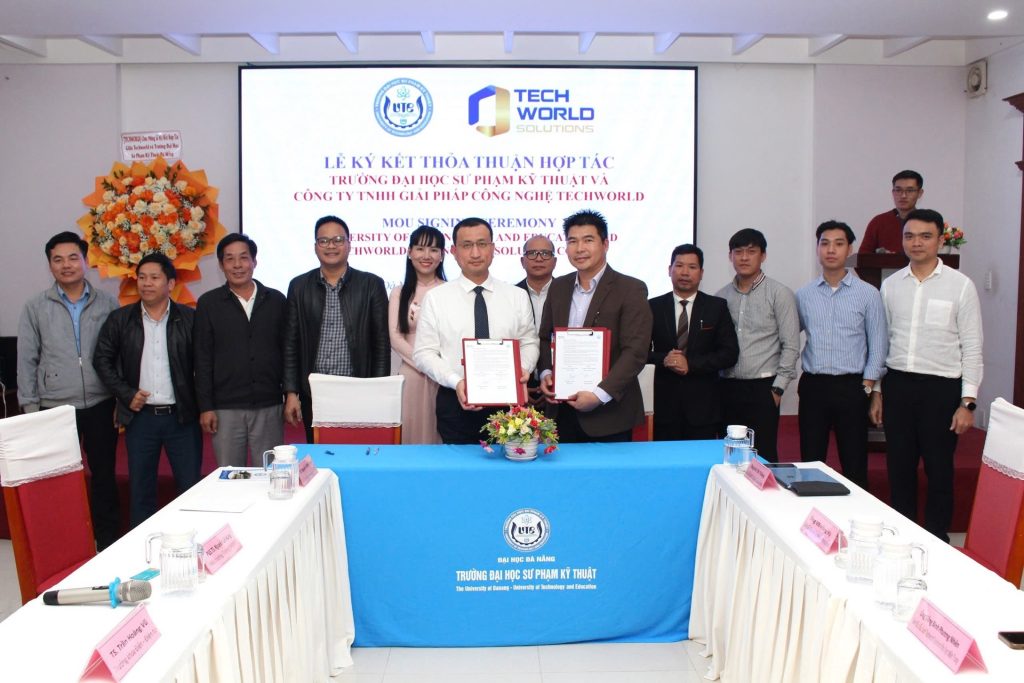How Fusion Teams & Low-Code Enhance Software Delivery
Compared to traditional development, a low-code development platform is a great first step to becoming more efficient and cost-effective as you modernize and simplify your application portfolio. The fantastic pace that low-code allows for and the resultant savings you can yield from it should grab the attention of any strategically-minded IT Leader.
Despite advances in AI that have sped up traditional development, low-code is still one of the fastest-growing industries in software.
But what really makes low-code development so impactful has to do less with the platform and more with whom and how you expand these practices to the wider organization and reduce the amount of duplicate work. This requires rethinking how your organization operates and collaborates, shifting to a focus on multidisciplinary digital business teams with the goal of delivering products rather than projects.
This concept, classified as fusion teams by Gartner, maintains that low-code has a huge role in enabling these teams’ success.
Gartner even goes as far as to make the ability to deliver composable applications through Fusion Teams one of the capabilities by which they measure low-code vendors in its latest Magic Quadrant for Enterprise Low-Code Application Platforms.
Why Fusion Teams?
Through its visual nature, accessibility, and proclivity toward collaboration, low-code development allows non-technical/IT developers to now meaningfully participate in the development process.
Until recently, business stakeholders often went around IT to purchase an off-the-shelf solution or build their own solution using Excel or Access. There are multiple reasons for doing this. Perhaps IT is bogged down in a sea of requests. Perhaps the turnaround times that IT provides don’t match the needs of the business.
Sometimes it’s as simple as the business stakeholder not knowing they need to involve IT. No matter the reason, the results are a proliferation of unregulated shadow IT presenting a threat of security risks and data loss or vulnerabilities. This has been a real pain point for enterprise IT organizations.
When you look beyond the risks they present, though, what these enterprising business stakeholders also offer is opportunity and customer and market knowledge. Establishing Fusion teams entails incorporating these non-core-IT people (also known as business technologists) into the software development lifecycle.
This can prove to be a huge boon for organizations looking to address their always-growing backlog and create needed solutions that produce business value while mitigating the risks that shadow IT carries.
In their Critical Capabilities for Enterprise Low-Code Application Platforms report, Gartner defines the Fusion Team Composable Application Use Case as “assembled application experiences from a portfolio of multi-sourced building blocks. These are custom application experiences for specific end-user roles and individuals. Building blocks may include packaged business capabilities, SaaS, API products in marketplaces, existing data sources, event channels, cloud services, and custom local services. These are custom application experiences for specific end-user roles and individuals.”
Mendix Excellence
The first step to modernizing your app portfolio is low-code. But achieving that next level of acceleration and agility that low-code platforms can deliver is not as simple as just opening up low-code/no-code tooling to the business to start co-creating solutions. There needs to be a methodical and deliberate structure in place.
One best practice we advocate for at Mendix is to consider setting up a practice around enhancing and tailoring the tools and accessibility the wider organization has at its disposal. That is to say, create a center of excellence or smaller teams imbued with the fusion team philosophy: a mix of IT and business users working to focus on how solutions are assembled/built specifically.
Such a team with diverse experience and skills can build themes, solution templates, UI and UX functionalities, commonly leveraged APIs, or whatever building blocks the business needs to assemble the solution they need while remaining IT compliant. It’s a meaningful step toward minimizing rework by maximizing the reuse of common connectors, data sources, or other application experiences that don’t need to be created each time it is needed.
We believe Mendix is the leading low-code platform for organizations to solve business problems through software solutions. While we offer more tools to enable fusion teams to collaborate closely with their peers, we don’t just stop there. Fusion teams can use Mendix to handle everything from portfolio management and ideation to agile execution, feedback, iterations, and beyond, making it a truly comprehensive platform.
Small next step? Next big leap.
With Mendix, people involved across the software development lifecycle can apply their low-code skills to a broad problem space. From a single business technologist automating approvals to a fusion team of business and technical experts improving factory operations through a new mission-critical system. All on a single collaborative platform, leveraging the same components, interfaces, and integrations.
So when evaluating low-code application platforms, be sure to consider what happens when you go to take that next big step in accelerating your application development practice company-wide.
- What is the Future of Mobile App Development? 5 Trends to Watch
- Best Practices for Going the Last Mile with Your Mendix Application
- Optimizing Production with Epicor ERP – Specialized Solutions for Complex Industries
- Software Composition: Why, What, and How
- Microsoft Dynamics 365: Driving Digital Transformation Across Industries
Bài viết cùng chủ đề:
-
Leave Request – Quản lý nghỉ phép thông minh trong một mô-đun CRM duy nhất
-
Techworld Solutions Đồng Hành Cùng UTE Trong Đào Tạo Nhân Lực Chất Lượng Cao
-
Microsoft Office chính thức chuyển thành Microsoft 365
-
Epicor Asia & Techworld Solutions Vietnam Chính Thức Công Bố Quan Hệ Đối Tác Chiến Lược, Mở Rộng Hệ Sinh Thái Giải Pháp Tại Việt Nam và Khu Vực
-
Chúc mừng đội ngũ Microsoft!
-
Giá trị của Microservices Doanh Nghiệp với Low-Code
-
Sự Tiến Hóa Tiếp Theo Của Mendix Cloud: Đón Nhận Kubernetes Để Xây Dựng Nền Tảng Sẵn Sàng Cho Tương Lai
-
Optimizing Production with Epicor ERP – Specialized Solutions for Complex Industries
-
Addressing the Knowledge Gap
-
AI-Assisted Development in Action with Mendix
-
Empowering Mobile Innovation
-
How to Upgrade Legacy Systems to Compete in the Cloud Age
-
TECHWORLD SOLUTIONS VIỆT NAM VÀ ĐẠI HỌC SPKT ĐÀ NẴNG KÝ KẾT HỢP TÁC TRIỂN KHAI TRUNG TÂM NGHIÊN CỨU & ĐÀO TẠO CÔNG NGHỆ SỐ
-
How to Architect Your Mobile Customer & Employee Experiences
-
PVI Gia Định Partners with Techworld Solutions Vietnam to Revolutionize Insurance Management
-
ESEC Group Partners with Techworld Solutions Vietnam to Implement Microsoft Dynamics 365 ERP
